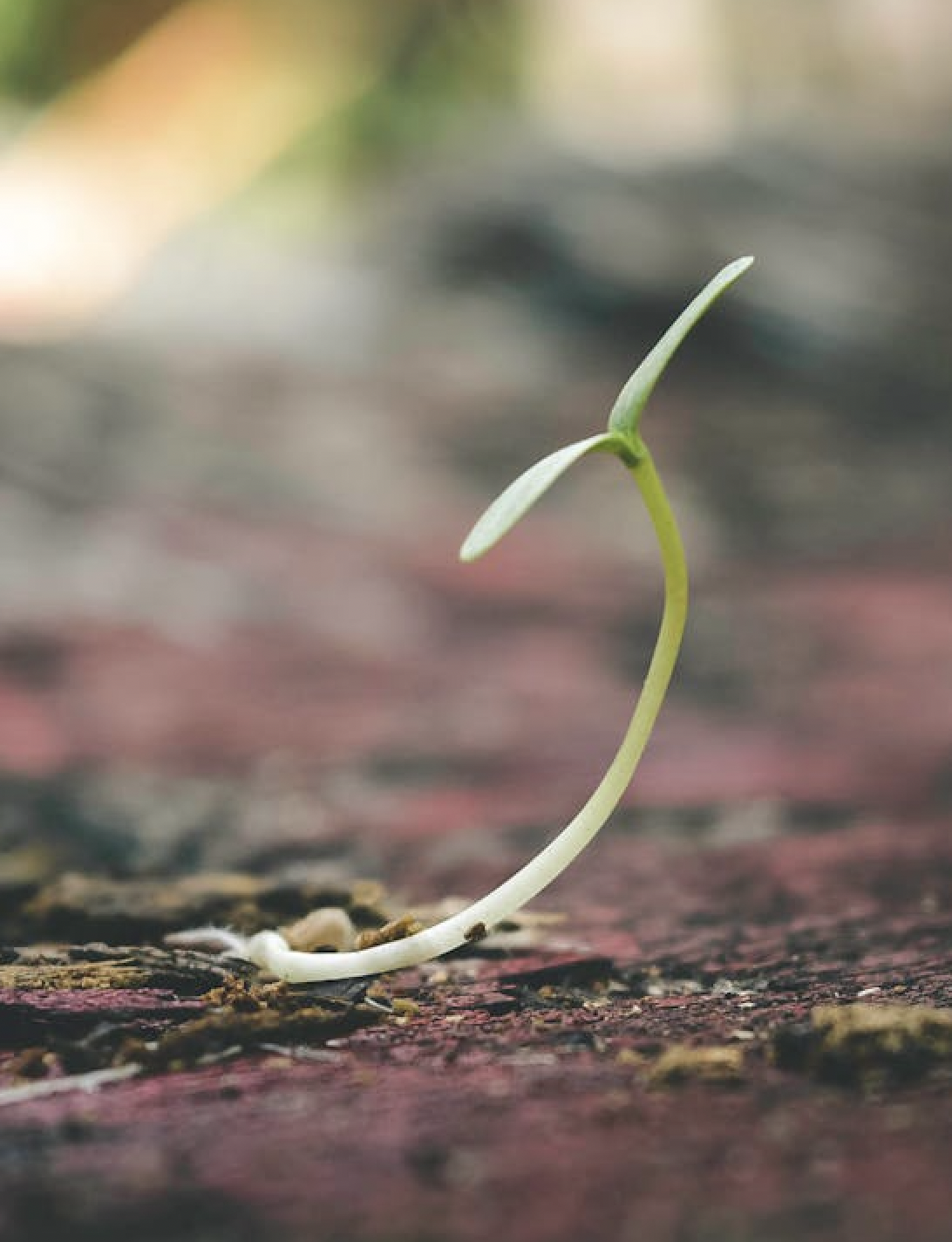Has your organisation already received gifts in wills? And has your charity taken proactive steps to communicate about this special form of giving?
Organisations of all sizes have potential in the area of legacy giving. Worldwide, a significant number of charities and non-profit organisations regularly benefit from substantial financial contributions from bequests. Large organisations that are well-known and trusted in their markets often receive millions of euros each year. Although these organisations have often invested in legacy fundraising for a longer time, smaller organisations with a strong local presence can also greatly benefit from gifts in wills if they start to take their first steps now.
Greater willingness for gifts in wills to charities
In many European markets, we see an increasing interest in including non-profit organisations in one’s will. This trend is influenced by a variety of factors. Demographic changes, such as the ageing population, play a role. Additionally, increasing childlessness leads people without descendants to consider bequeathing their wealth to charitable causes. Beyond that, the idea of using one’s legacy for meaningful social goals and good causes is gaining importance. The baby boomer generation, in particular, seems to be more open to this form of support.
What is different about legacy fundraising?
Legacy fundraising differs significantly from other fundraising methods. Firstly, it often involves the largest single donation a person makes. The average amounts bequeathed are significantly higher than those donated during a person’s lifetime. Another fundamental difference lies in the decision-making process: a gift in a will represents a promise, as the organisation only receives the donation after the person’s death. This makes legacy fundraising an investment in the future, as gifts in wills pledged today often materialise years later. The decision-making process about including one or several charities in a will is usually longer and primarily based on personal motives and formative life moments. Many people want their final donation to enable something that was particularly close to their hearts during their lifetime or to support an organisation that helped them or a loved one. Therefore, a legacy donation often carries deep symbolic meaning and can be of great importance to the donor.
But how to start?
Organisations can be unsure how to begin with legacy fundraising, especially given the sensitive nature of communicating this topic. Here are some steps to successfully integrate legacy giving into your fundraising:
- Communication through own channels: Take the first step by mentioning the possibility of gifts in wills on your website, in your newsletter, and in all informational materials where you call for support for your organisation. This can inspire people interested in your work and connected to it to consider this option. Many of your supporters may not yet have thought about this way of support.
- Creating informational material: Develop a brochure or flyer that can be distributed to potential interested supporters upon request. Many organisations offer inspiring examples of such informational material. A simple PDF can be a good start, but it may also be worthwhile to seek professional help in developing a brochure. It’s important that your brochure not only explains how to leave a gift in a will but also highlights the impact of gifts in wills and the future work of your organisation, showing the difference donors can make with their legacy.
- Stimulating contact: Maintain contact with interested supporters and identify potential pledgers. Some potential legacy supporters may still have questions about their gift. Even after people have decided to pledge and leave a gift in their will, maintaining contact with your organisation can continually reaffirm their decision and give pledgers a good feeling.
- Collecting stories and content: Ask legacy supporters about the motives for their decision and whether you may share them. Personal stories can inspire others. Maybe someone is willing to give an interview that you can share on your website or in your magazine. Perhaps the person is even willing to share more at an event or in a video. If you have already received legacy donations, you can also ask the family or friends of the deceased person if they are willing to share more about the person and the possible reasons behind the donation. This can be very inspiring. Some organisations have even created special places or artworks to honour their legators.
The key is to maintain inspiring communication on gifts in wills to your organisation while highlighting the significance and value that legacy giving has for both the organisation and the donors. By fostering an understanding of how legacy giving can have a long-term impact, you encourage more people to consider this form of support.
Lena Vizy, May 2024
Photo: Gelgas Airlangga

